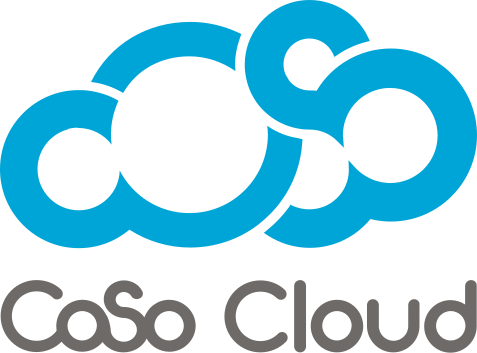
Is It Time to Drop the ‘e’ in eLearning?
January 15, 2020
You read the title for this post. And now you want to know: is CoSo Cloud suggesting that everyone drop the ‘e’ in eLearning?
No, eLearning still accurately defines education applied through electronic means. Web-based learning. Virtual classrooms. Computer-based training. Webinars. Mobile learning. These are all forms of eLearning not only because they transfer knowledge electronically, but because they leverage digital media, communications and data in ways traditional learning can’t to make learning more effective for than ever—for learners, their instructors and—in the case of corporate training—their organizations.
But, workers have become so enmeshed in technology, the ‘e’ in eLearning is starting to seem superfluous. Like the ‘e’ in email and the ‘e’ in ecommerce, the ‘e’ in eLearning is restating the obvious. Of course I’m going to send you that requested missive electronically. Just as I’m going to shop for most of my Christmas gifts online. We’re surrounded by technology. When you say you’re going to complete a task, people assume you’re going to use it.
Why do we think this strange topic warrants discussion? Because as soon as we put an ‘e’ in front of ‘learning’, learning became limited to education that’s transferred through electronic means. But what we learn, how we learn… These are not electronic processes. They’re human processes.
A quick Google search for “eLearning” pulls up about 190 million results. A search for “learning” draws 5.7 billion results. Training, meanwhile, gives us 7.8 billion results.
The point is, training managers and instructors looking to study up and sharpen their skills may be limiting themselves. Sure, Googling “eLearning tips” will give you quite a pile of results to sort through—19.6 million. But when you simply search for “learning tips,” those results balloon to 870 million.
eLearningIndustry and eLearn Magazine are wonderful resources. So are ATD Magazine, Training Magazine, and Learning Solutions Magazine. But so is this recent article from Medical News on How We Learn Things Shapes Our Memory as well as this piece in Quartz entitled, We Learn More by Trusting Than by Not Trusting.
The term eLearning did not appear in either one of these articles. Neither did virtual training. In fact, no references were made to any aspect of education or training that were even remotely digital. Because of this, it’s fair to assume most of those involved in eLearning missed the chance to read them. Despite the fact that we can rely on keywords, trusted media sources, Google alerts and various forms of curation to render the content choked web more digestible, all kinds of highly relevant information are still slipping through.
Corporate trainers may be getting their fill of any and all content pertaining to eLearning, but lest we forget, learning remains a biological process. One that often involves other people. Why have virtual classrooms become so popular? Sure, they’re enabled by technology and hosted—at least in part—in an online setting. But they exist to replicate the in-person classroom experience.
Yes, technology is impacting the way we learn, but as far as the final embedding of knowledge into the brain goes, there’s nothing electronic about it. Not until we start downloading knowledge directly into our brains anyway—apparently we’re just 15 years away!
Until then, don’t worry. You can still keep the ‘e’ in eLearning. As long as you don’t let it become the final word.











